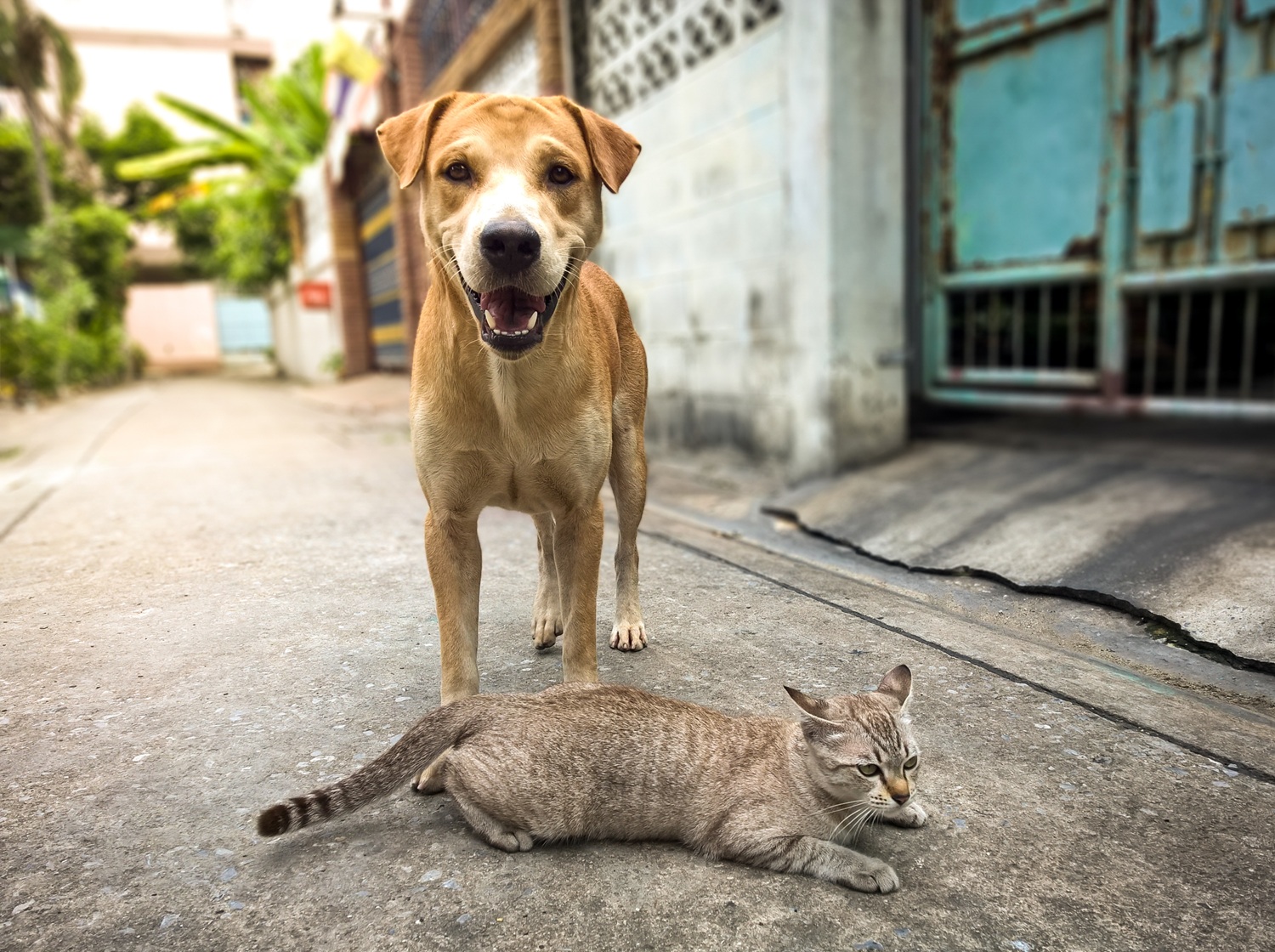
Pet Anesthesia in Dental Care
Did you know that poor dental health can lead to serious health issues in pets—including heart, liver, and kidney disease? At Elevate Pet Dentistry, we know that anesthesia-related concerns can make pet parents hesitant to schedule dental care. That’s why we’re here to educate, support, and deliver safe, compassionate dentistry—every time.
Understanding Anesthesia in Pet Dentistry
What is pet anesthesia?
Anesthesia is a carefully controlled medical process that keeps pets calm, pain-free, and still during dental procedures. It allows veterinarians to examine below the gumline, perform extractions, take dental x-rays, and address issues your pet would otherwise suffer through silence.
Types of Anesthesia We Use
- General Anesthesia – Keeps your pet completely asleep and pain-free.
- Local Anesthesia – Numbs specific areas for minor work or to support general anesthesia.
- Sedatives – Help calm anxious pets prior to full anesthesia.
Common Procedures Requiring Anesthesia
- Full dental cleanings (scaling above and below the gumline)
- Dental x-rays and periodontal exams
- Extractions of damaged or infected teeth
- Oral mass removal or corrective surgeries
Debunking Common Pet Anesthesia Myths
Myth 1: Anesthesia-Free Cleanings Are Safer
Truth: These “awake cleanings” only remove surface tartar and ignore disease under the gumline—where most infections begin. They can also be stressful and painful for your pet.
Myth 2: Anesthesia Is Too Risky for Senior Pets
Truth: With proper pre-screening and modern protocols, anesthesia is extremely safe—even for older pets. In fact, age alone is not a reason to avoid care.
Myth 3: Pets Don’t Wake Up from Anesthesia
Truth: While any medical procedure carries some risk, modern veterinary anesthesia has a very high safety margin. A well-monitored, healthy pet is highly unlikely to have complications.
Myth 4: Anesthesia Causes Long-Term Effects
Truth: Today’s anesthetic agents are fast-acting and quickly leave the body. Most pets are back to their normal selves within a few hours.
How We Keep Your Pet Safe
Pre-Anesthesia Assessments
- Full physical exam
- Bloodwork to evaluate organ function
- Review of medical history and medications
Advanced Monitoring During Procedures
Your pet is continuously monitored by a trained technician using equipment to track:
- Heart rate
- Oxygen and CO2 levels
- Blood pressure
- Body temperature
Post-Procedure Recovery
- Gentle, quiet wake-up areas
- Pain management if needed
- Clear at-home recovery instructions
Trained Veterinary Assistants and Technicians
Our dental team includes skilled anesthesia technicians who monitor every heartbeat and breath. Their training helps prevent and address any rare complications.
Tips for Pet Owners
Ask These Questions:
- What safety measures do you take during anesthesia?
- Who monitors my pet while they’re asleep?
- What pre-op screenings will you do?
Prepare Your Pet:
- Follow fasting instructions before the procedure
- Keep your pet calm the morning of their appointment
- Ask about post-anesthesia care and what to expect
Why Anesthetized Dental Procedures Are Worth It
- Comprehensive cleanings that reduce infection and inflammation
- Comfortable, stress-free experience for your pet
- Early detection of hidden disease through x-rays and full exams
- Better breath, better health, and a longer life
FAQs
Is anesthesia always necessary for pet dental cleanings?
Yes—anesthesia allows safe, thorough cleaning below the gumline and enables dental x-rays.
How do you ensure my pet’s safety?
Through pre-screening, personalized protocols, and continuous monitoring by trained staff.
How long is recovery?
Most pets are alert and back to normal within 12–24 hours.
Is it safe for senior pets?
Yes—with proper screening and care, senior pets tolerate anesthesia well and benefit greatly from dental treatment.
What are signs my pet needs dental care?
Bad breath, drooling, red or bleeding gums, difficulty eating, and pawing at the mouth.
Give Your Pet the Care They Deserve
At Elevate Pet Dentistry, we believe safe doesn’t mean scary. Our team combines expert training with gentle care to make every procedure as stress-free and safe as possible—for you and your pet.
Have questions or want to book a dental consultation? Contact us today!
